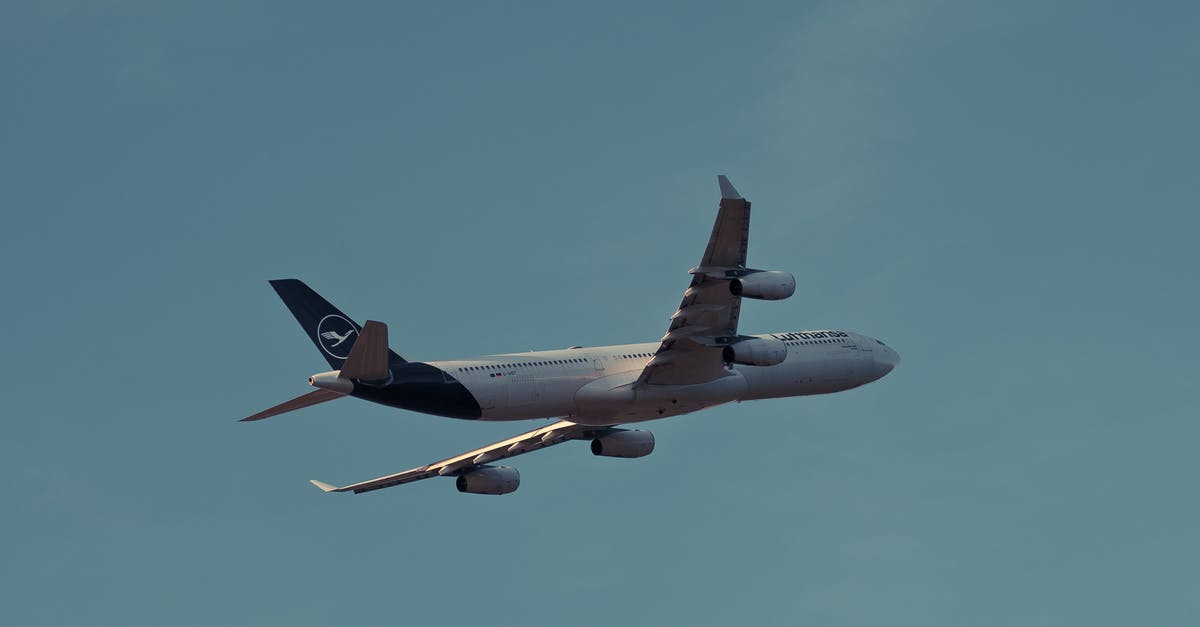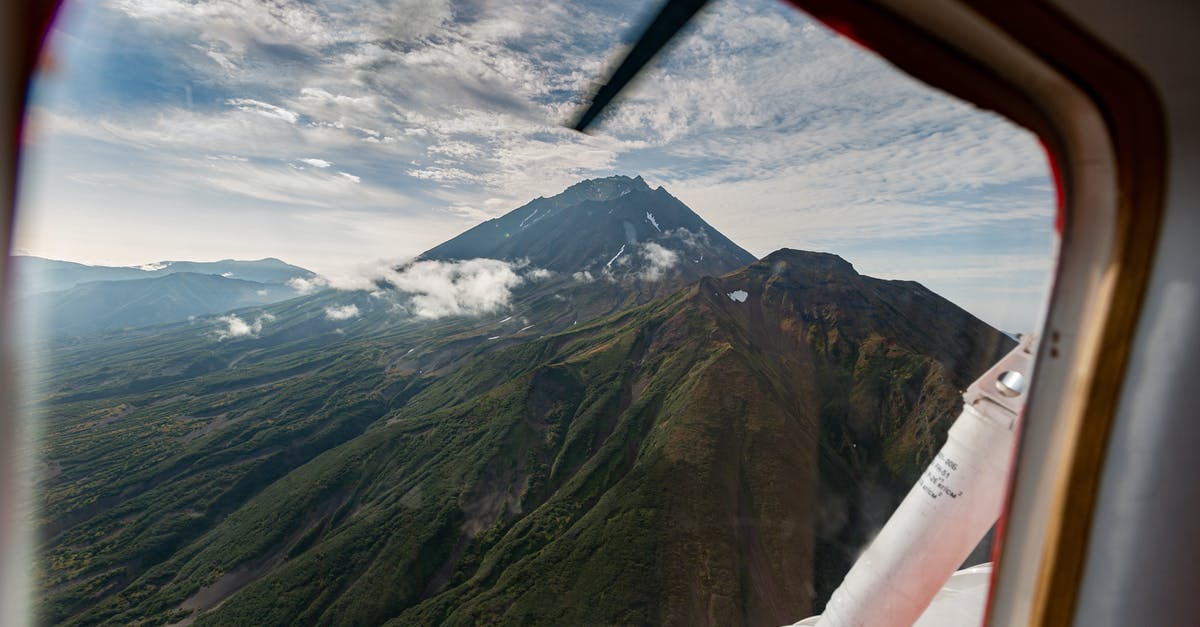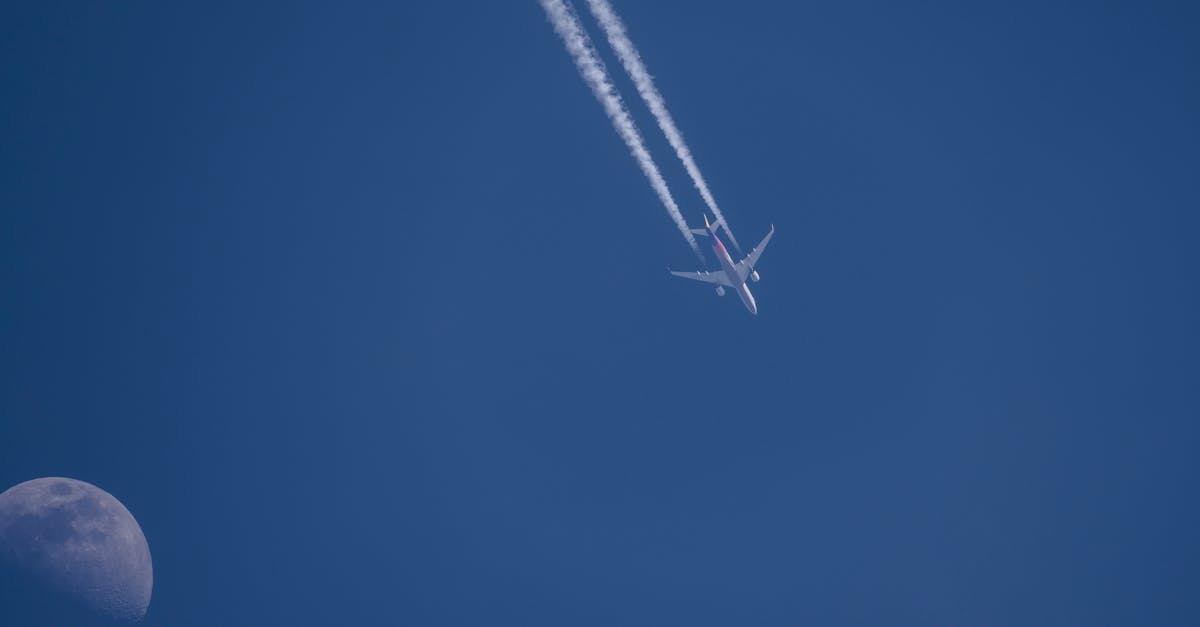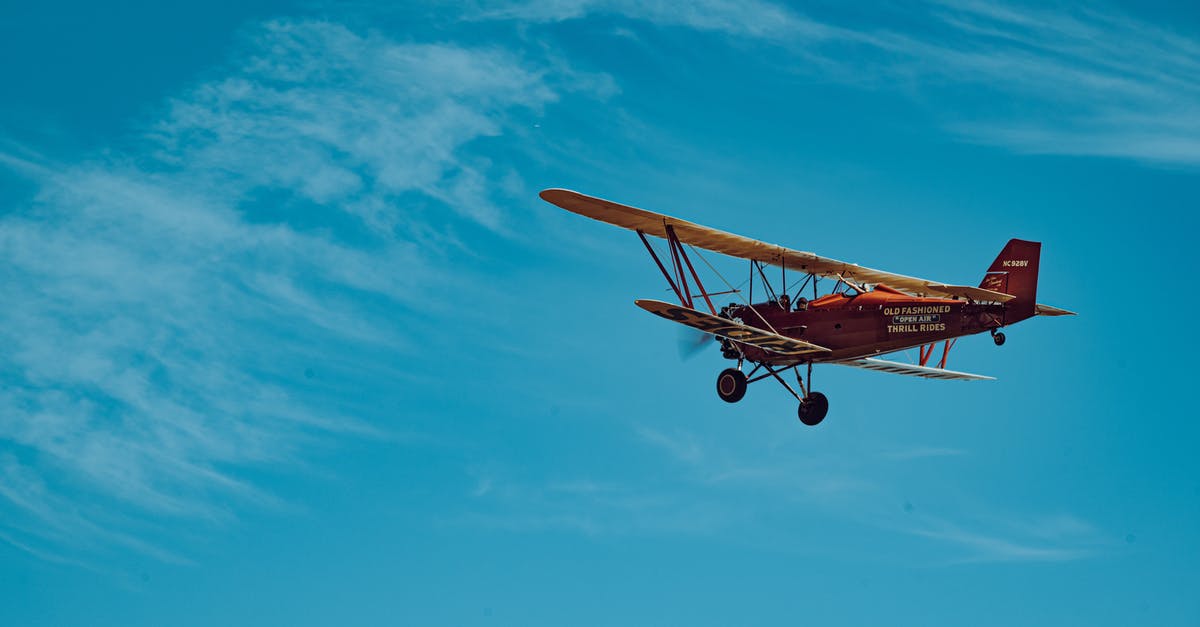What happened to this German plane during the Dunkirk ending?

During the final scenes of the movie Dunkirk we see a German plane attack the Moonstone when it is returning (scene begins around the 1:44 of the clip). Mr. Dawson evades the attack charge by changing the direction at the last minute. We also see a plane shape up to attack the British forces on shore but Farrier shoots it down at the last minute.
Farrier had already shot down the Bomber (The plane that fell and ignited the oil) and this scene is after that moment in the timeline because Farrier had not exhausted his fuel when he shot down the bomber but when he shoots down the last German plane, he was already gliding.
The Moonstone is full of rescued soldiers (some covered in oil) when it was attacked the final time so it can't have been the same bomber which was shot earlier by Farrier.
What happened to the plane that attacked the Moonstone? Was it the one shot down in the end by Farrier? Does this mean Farrier shot 2 German planes before crash landing himself?
Best Answer
Info from the scene you linked to and the script (pdf download).
There are 2 different German planes:
- Messerschmitt Bf 109: Flying towards the Moonstone (with Mr. Dawson)
- Stuka (dive bomber, Junkers Ju 87): Attacking the Mole (with Commander Bolton)
1) Stuka
Shot down by Farrier as described in Scene 71.
2) Me-109
Scene 72:
The 109 flashes over... Collins watches it recede.
COLLINS
He’s off.
MR. DAWSON
Bigger fish to fry.
The Me-109 doesn't attack them and flies off, never mentioned again (and there is no further air fight). It appears that it had a different target. It was a Fighter and attacking the Moonstone with machine gun fire may not have been too effective.
Farrier shoots down the Dive bomber (Stuka), but doesn't meet the Me-109.
Further interesting information that sheds light on Dunkirk:
1) How much the audience gets to know
From Eliza Berman's interview with Christopher Nolan in Time, July 2017:
There are very few “God shots.” Everything is about trying to have the camera there on the beach with the soldiers. In the aerial sequences, the camera is always in the cockpit or mounted to the plane, always somewhere where it would need to be to photograph that kind of combat. And on the small yacht crossing the Channel to come to the rescue of the men, we almost never take the camera off the boat. Everything is shot from the point of view of the characters.
and
Films have a sophisticated level of grammar that’s developed over the hundred years of cinema to be able to tell the audience everything and have them know much more than the characters. I actually wanted to take a step back and say, “What would you know if you were actually stuck on that beach?” The more I read firsthand accounts, the more apparent it became that part of the terror, part of the real sense of fear and isolation and vulnerability of these men, was not knowing what was happening. Not knowing, lining up on the beach out to sea, if somebody was going to come and get them or not.
Additionally, from Dave Trumbore's March 2017 interview with Christopher Nolan in Collider:
The challenge of taking on what I call a present-tense narrative – that is to say, we don’t learn a lot about the people we’re experiencing this with. We really just try to live in the moment and experience it with them, and look through their eyes.
2) Timeline
From Christina Radish's February 2018 Collider interview with Christopher Nolan:
Q: Time has been a recurring central theme of your films, particularly Inception, Interstellar and Dunkirk. With Dunkirk, you cut between three storylines that take place in an hour, a day and a week. What was the thought process behind that and how a Shepard tone influenced the writing and the music?
NOLAN: The structure of the script was created to try to give a feeling of relentless tension. It was short because I didn’t want to exhaust the audience. It was only a 76-page script, and I based the structure on a principle from the musical world, called the Shepard tone. It’s essentially an audio illusion, whereby you can make it seem like the tones are continuously rising and never stop. We used that in the music for The Prestige. We used it in the sound effects for the Batpod in The Dark Knight. It never downshifts. The engine is always going up. What I did with Dunkirk was apply the mathematical principle of how that works to the script structure, so that one of the three storylines is always peaking, one after the other. There’s a tumbling forward quality to the narrative, so that it never really lets you relax or rest.
3) Not a war film
From an Joshua Levine's interview with Christopher Nolan:
So I don’t see it as a war film. I see it as a survival story. That’s why we don’t see the Germans in the film and why it’s approached from the point of view of the pure mechanics of survival rather than the politics of the event.
Conclusion
- We don't know more than the soldiers and they only know what they see. So there's not the Me-109 attacking the Moonstone, it's just a Me-109 doing it, and the fisherboat's crew has to handle it. What that Me-109 does then, neither we nor the men on the boat know (and are supposed to know). In their fight for survival, the enemy remains faceless.
- The movie is shot and the timelines intersect in a way that there is always tension and they peak one after another, hence the way the two attacks are filmed in the scene.
Pictures about "What happened to this German plane during the Dunkirk ending?"



What happened to the plane at the end of Dunkirk?
Rather than bring his Spitfire in for a rough landing on the sea, Farrier instead lowers the landing gear and lands his plane tenderly on the now deserted Dunkirk beach.Why did he burn his plane in Dunkirk?
To prevent the plane being used to attack England (no one would shoot a friendly plane) It's an act of defiance toward the Germans (you can have me, but not my plane) Farriers (and any pilots) relationship with his plane is personal - a bond of trust and loyalty that can't be let go like a worn sock...What happens to Fortis 1 in Dunkirk?
He was captured & imprisoned. In the movie Dunkirk, there's a scene where a soldier finds himself underwater and the surface of the water is burning because of the spilt oil.Was the pilot in Dunkirk German?
In researching the Dunkirk true story, we discovered that while the character Farrier is not directly based on an actual person, his experience most closely resembles that of Alan Christopher "Al" Deere (pictured below), a New Zealand Spitfire pilot.Dunkirk (2017) - Ending Scene - HD
Sources: Stack Exchange - This article follows the attribution requirements of Stack Exchange and is licensed under CC BY-SA 3.0.
Images: Masood Aslami, Александр Максин, 정 규송, Chris F
